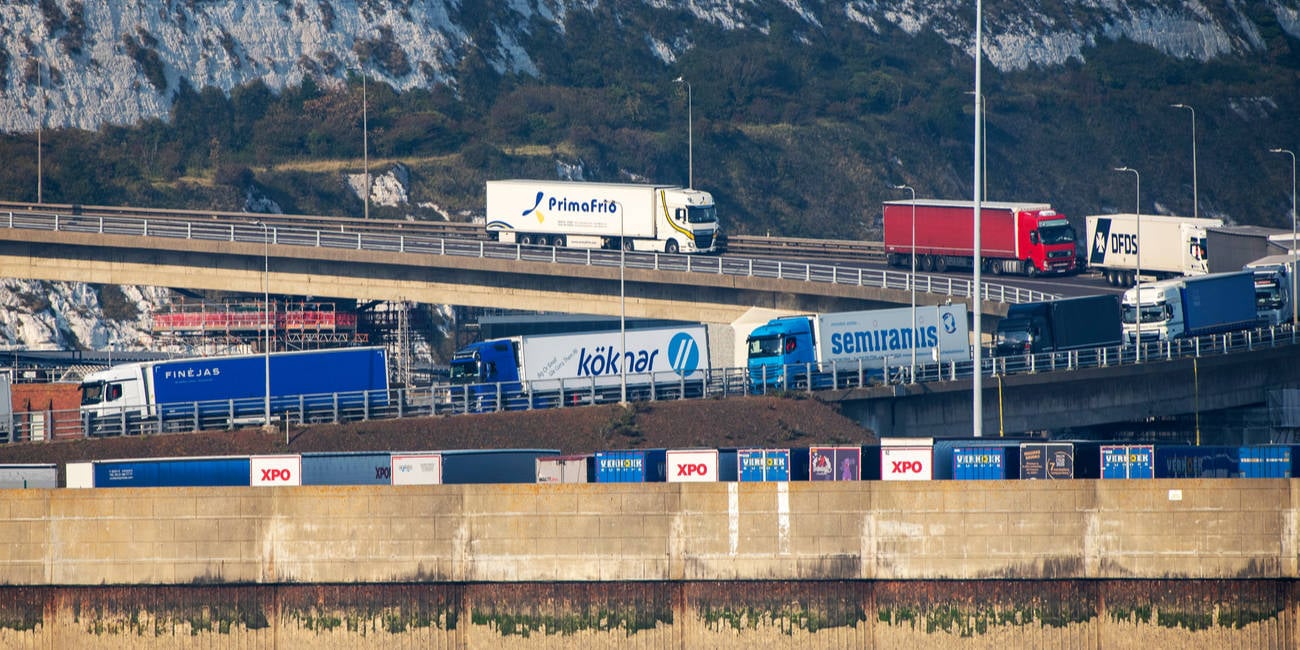Delayed UK Digital Border System Was Only Stable Enough To Be Used By 4% Of Intended Users, MPs Say

Stability problems with the UK Border Crossing system meant only 300 staff were able to use the delayed software in December last year, well short of the 7,000 expected to use it by June 2021, according to a report by MPs.
Difficulties developing the software vital to monitoring who comes in and out of the UK is just one of the issues relating to the Home Office’s Digital Services at the Border (DSAB) programme, which was supposed to go live in March 2019, but will not be delivered until 2022, a delay that will hit the public purse to the tune of £173m.
“The department had to suspend its Border Crossing pilot system in March 2020 because it was not stable enough and was only available to frontline staff included in the pilot for 54 per cent of the days it was in operation.
"The department has struggled to retain people with the technical skills it requires, but tells us it now has a balance between technical and frontline skills with relevant people better able to manage different aspects of the programme,” the report from the Parliamentary spending watchdog the Public Accounts Committee said.
It went on to add:
Not our first loss-making, majorly delayed border rodeo
The UK government’s efforts to modernise systems supporting border agency staff in identifying “persons of interest” began in 2003 with the e-Borders programme.
It abandoned the e-Borders project in 2011 following the termination of its £750m contract with the main supplier, Raytheon, the previous year.
The Home Office spent at least £340m on e-Borders as well as £185m in a protracted legal dispute with the US defence contractor. In 2015, the public spending watchdog the National Audit Office said the e-Borders project had failed to deliver value for money.
The Home Office started the DSAB programme in 2014 as the intended replacement for e-Borders with a budget of £199m and a delivery date of March 2019.
Subsequent delays to the new programme were “caused by a lack of effective leadership, management and oversight,” the PAC said.
“Problems with the programme were compounded by instability among its senior leadership,” the report said.
MPs noted that the programme had four different Senior Responsible Owners (SRO) between 2014 and 2020, with the current SRO being the longest serving after just over two years in post.
Technical difficulties which have caused delay to the Border Crossing system meant that the Home Office had to extend existing contracts at a cost of £145m between 2019 and 2022. Such deals include a £45m 33-month contract extension with IBM for its creaking Semaphore border technology contract. The Semaphore database, which has been running since 2004, collects data from airline carriers about persons of interest and those who are on watch lists before they arrive in the UK.
Last year, the NAO found delays to the entire DSAB programme had created an additional £336m in costs - however, because the Home Office had underspent on its original plans, the net increase was £173m, that report said.
The Home Office’s IT woes do not end with DSAB. The Emergency Services Network project building mobile voice and data communications for police, fire and ambulance services was hit by £1bn in additional costs and a further delay of two years last year, on top of a five-year delay and £3bn in budget over-spend.
“In March 2020, the Department’s entire major project portfolio was rated Red (meaning that it was impossible for it to deliver all its programmes on time and to budget), with Digital Services at the Border and Emergency Services Network being the biggest risks,” the PAC said in its latest report.
It called on the Home Office Permanent Secretary to review the major technology programmes and write to the PAC with an updated assessment of each programme’s progress within three months.
The Register has contacted the Home Office for a response. ®
From Chip War To Cloud War: The Next Frontier In Global Tech Competition
The global chip war, characterized by intense competition among nations and corporations for supremacy in semiconductor ... Read more
The High Stakes Of Tech Regulation: Security Risks And Market Dynamics
The influence of tech giants in the global economy continues to grow, raising crucial questions about how to balance sec... Read more
The Tyranny Of Instagram Interiors: Why It's Time To Break Free From Algorithm-Driven Aesthetics
Instagram has become a dominant force in shaping interior design trends, offering a seemingly endless stream of inspirat... Read more
The Data Crunch In AI: Strategies For Sustainability
Exploring solutions to the imminent exhaustion of internet data for AI training.As the artificial intelligence (AI) indu... Read more
Google Abandons Four-Year Effort To Remove Cookies From Chrome Browser
After four years of dedicated effort, Google has decided to abandon its plan to remove third-party cookies from its Chro... Read more
LinkedIn Embraces AI And Gamification To Drive User Engagement And Revenue
In an effort to tackle slowing revenue growth and enhance user engagement, LinkedIn is turning to artificial intelligenc... Read more

